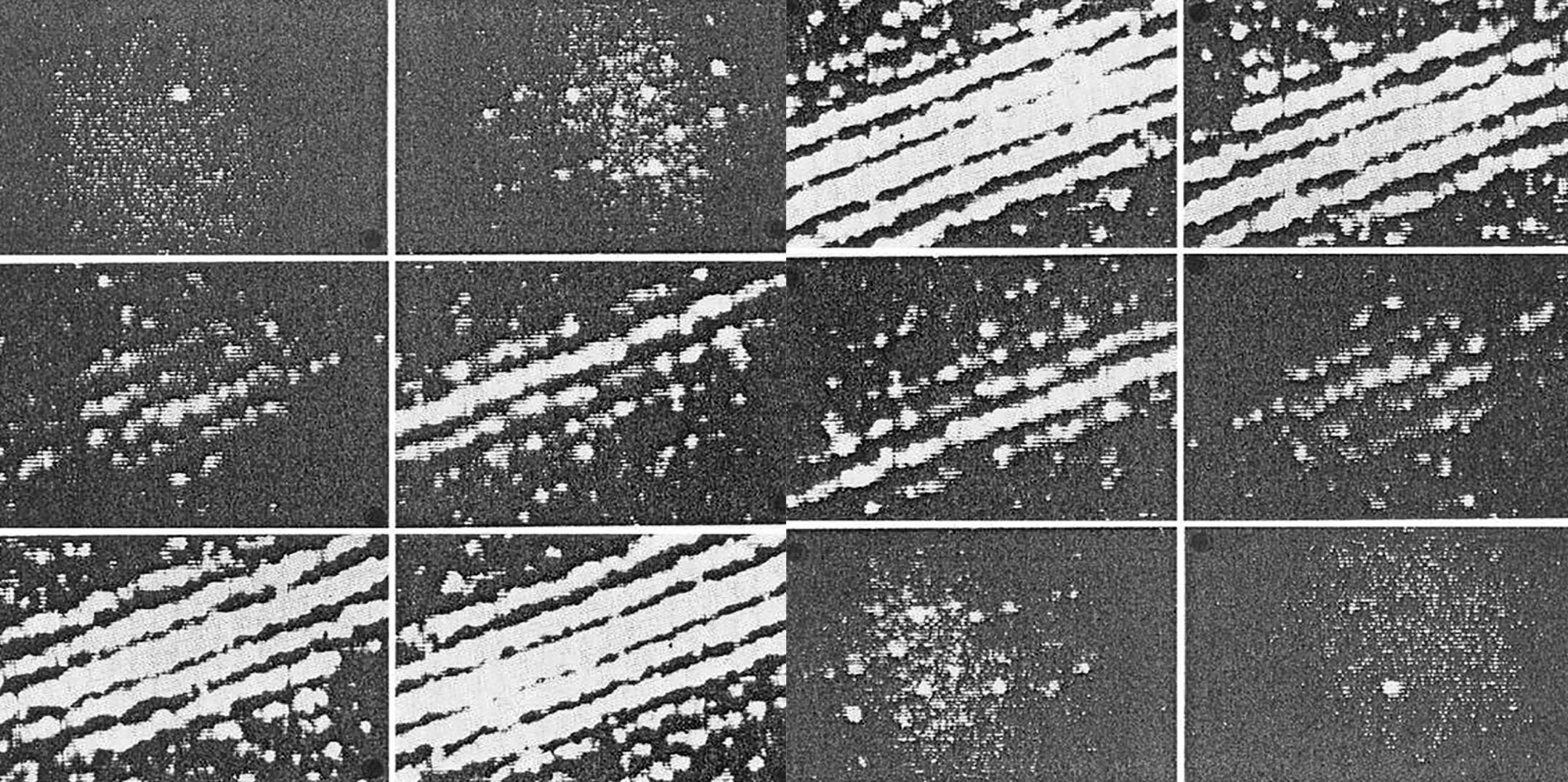Conceptual Framework
Assumption
Architectural education produces agents of capitalist accumulation and modes of production through the patriarchal, mechanistic, reductionist frameworks that constrain the implied “theories of change” and attendant “design processes” that dominate mainstream design pedagogy within studio-based curricula and are ossified in juridical modes of “professional design services” within the United States.
Hypothesis
To combat this corrupting process, architecture requires a clearly articulated and ethical generating impulse that can develop possible futures outside of this framework. Educators, students, practitioners, and users can co-evolve early iterations of applied methods of praxis to resource communities with local capacities for equitable and sustainable flourishing (in lieu of “professional design services”) through a dialectical and collaborative process sourced simultaneously from the contemporary, autonomous cannon of studio pedagogy (briefs, prompts, syllabi) and a range of initially countervailing ontological and situated theories and practices from outside the discipline.
Theory
Given the entrenched status of design pedagogy and practice within the complex nexus of institutional operators (NAAB, NCARB, ACSA, AIA) and the abiding cultural relevance and value of architecture as a discipline, the development of plural autonomous architecture pedagogies and ontological design processes should be co-evolved from existing, normative studio forms through an open-sourced, ethical, dialectical process that can ultimately realign architectures transformational generating impulse. Given its operative location within potentially generative relational networks of living systems and nest wholes, the project site or context should be the nodal focus for initial efforts to introduce a new animating force in opposition to the restraining force of the incumbent process in an effort to produce plural mutations, glitches, and possible worlds.
Conceptual Model
To visualize how an ethical, purposive dialectical process might manifest it is helpful to consider the evolution in the theoretical underpinnings of physics from classical Newtonian mechanics (macro phenomena of movement based on applied forces) to quantum mechanics (subatomic, relativistic - close to the speed of light). This model is helpful because analogies of Newtonian mechanics pervade the conceptual underpinning of much of our mechanistic worldview (with inputs and outputs) and quantifiable forces with reliable outputs. The Newtonian world is directional and can be controlled. Quantum mechanics, often presents seemly contradictory qualities to emerge from assumptions based on previous theories. Most importantly for our discussion, quantum mechanics reject reductionist descriptions of phenomena, and in the case of qualities, it opens the possibility for non-dual realities. This is manifest most famously in the dismantling of particle theory with wave-particle duality, famously represented through the dual-split experiment. Furthermore, quantum mechanics is discrete, probabilistic, and non-local.
